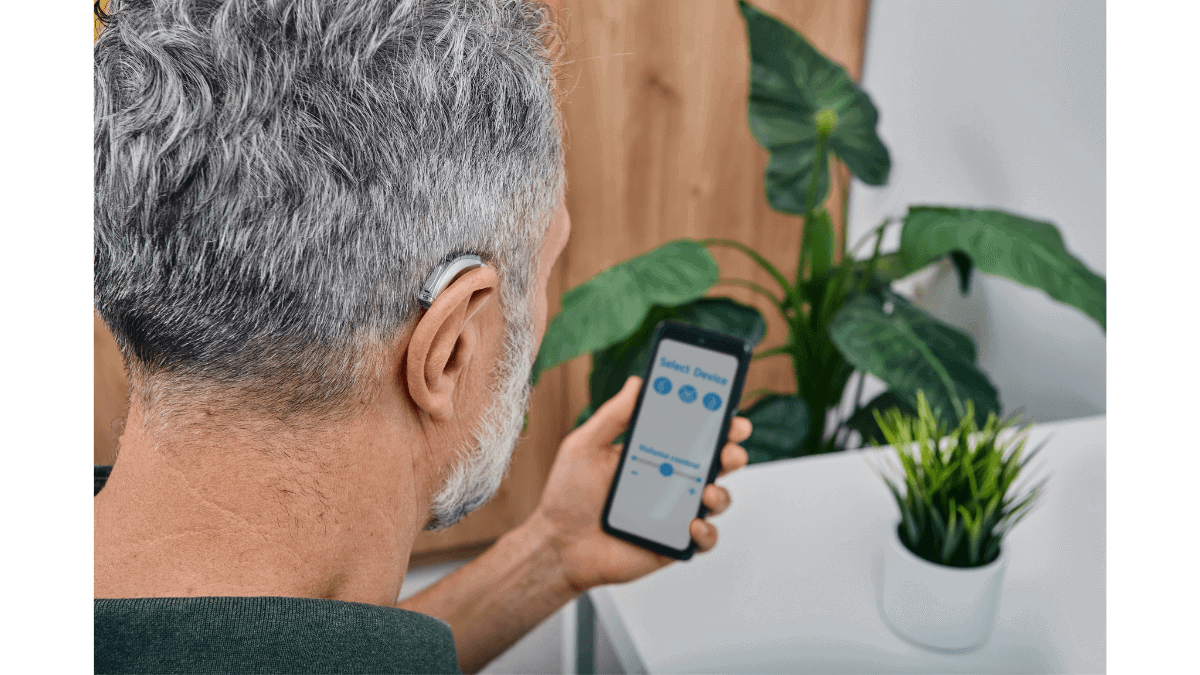
Choosing the right hearing aid involves considering various factors, including your lifestyle, degree of hearing loss, and personal preferences. With advancements in technology, modern hearing aids offer a wide range of features designed to improve comfort, clarity, and functionality.
Digital Noise Reduction
Digital noise reduction is a key feature found in many modern hearing aids, designed to reduce background noise and enhance speech clarity in challenging listening environments. By analyzing incoming sound signals and distinguishing between speech and noise, digital noise reduction algorithms can suppress unwanted noise while preserving speech signals, making it easier to understand conversations in noisy settings such as restaurants, parties, or crowded spaces.
Directional Microphones
Directional microphones are another popular feature that helps focus on sounds coming from a specific direction while reducing background noise from other directions. By automatically adjusting microphone sensitivity based on the location of the speaker, directional microphones enhance speech intelligibility and improve listening comfort, particularly in noisy or reverberant environments. Some hearing aids feature adaptive directional microphones that can automatically switch between different listening modes based on the acoustic environment.
Feedback Suppression
Feedback or whistling noises can occur when sound leaks from the ear canal back into the hearing aid’s microphone, resulting in an annoying squealing sound. Feedback suppression algorithms detect and eliminate feedback in real time, allowing for higher amplification levels without the risk of feedback. This feature ensures a comfortable and discreet listening experience by preventing embarrassing whistling sounds during phone calls, conversations, or when wearing hats or glasses.
Wireless Connectivity and Rechargeable Batteries
Wireless connectivity has revolutionized the way we interact with our hearing aids, allowing for seamless integration with smartphones, TVs, and other electronic devices. Many modern hearing aids feature Bluetooth connectivity, enabling direct streaming of phone calls, music, and other audio content from compatible devices to your hearing aids. Wireless connectivity also allows for remote control and adjustment of hearing aid settings via smartphone apps, providing greater convenience and flexibility for users.
Rechargeable hearing aids offer a convenient alternative to traditional disposable batteries, eliminating the need for frequent battery changes and reducing environmental waste. With rechargeable batteries, simply place your hearing aids in a charging dock overnight to ensure all-day power without the hassle of replacing batteries. Rechargeable hearing aids are increasingly popular among users seeking a sustainable and cost-effective solution for powering their devices.
Telecoil (T-Coil)
Telecoil, or T-coil, technology allows hearing aid users to connect to compatible hearing loop systems commonly found in theaters, churches, and public venues. By picking up electromagnetic signals generated by these loop systems, T-coil-equipped hearing aids can directly stream audio signals without picking up background noise, providing clearer sound quality and improved listening comfort for users with hearing loss. T-coil technology enhances accessibility and inclusivity for individuals with hearing impairments in public spaces.
Choosing the right combination of features depends on your individual hearing needs, lifestyle, and preferences. Consulting with a hearing healthcare professional can help you navigate the available options and select the best hearing aid features to meet your specific requirements. By incorporating these popular features into your hearing aids, you can enhance your listening experience and enjoy better communication and connectivity in all aspects of your life.
